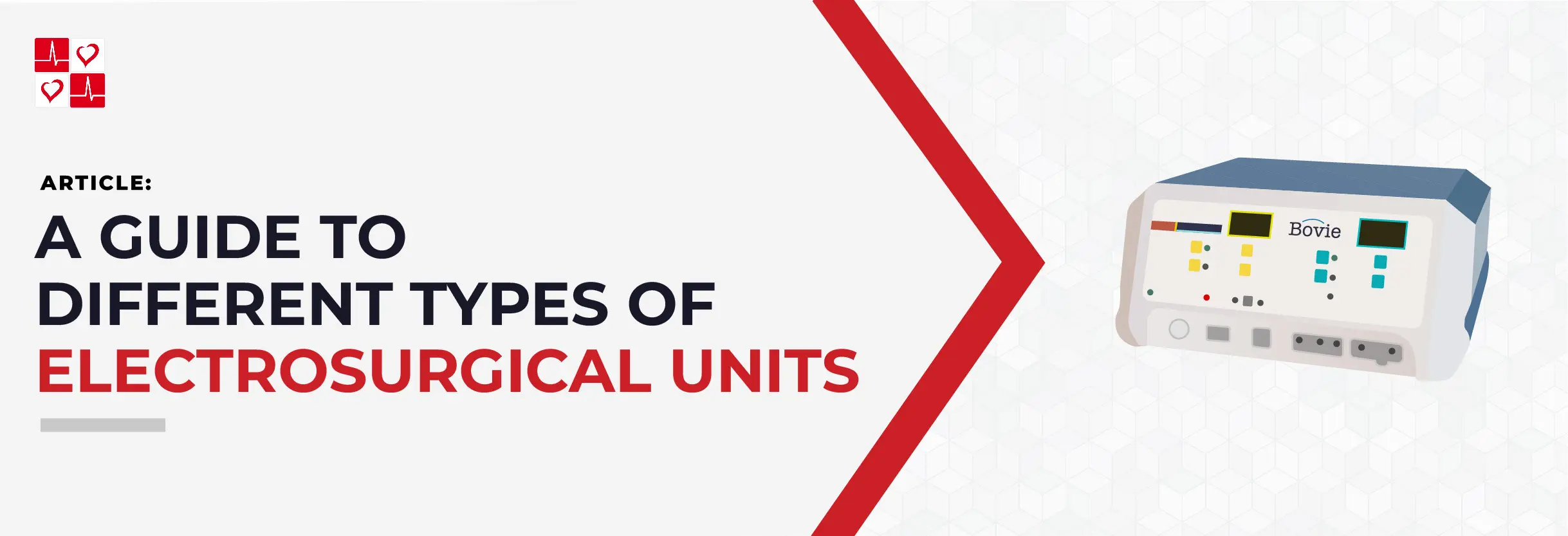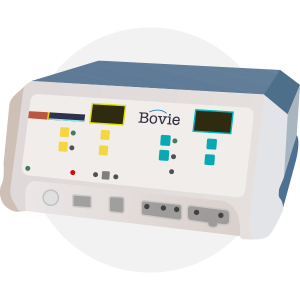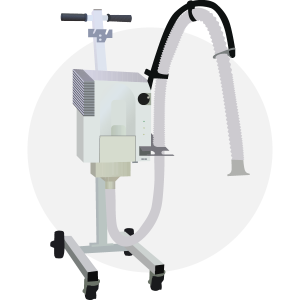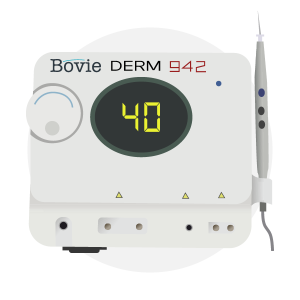A Guide to Different Types of Electrosurgical Units

Introduction
Electrosurgical units (ESUs) have become essential for both major and minor surgical procedures requiring precision and control. Knowing the differences between the different electrosurgery units can help in choosing the right equipment for your clinical setting. In this article, we’ll explore the main types of electrosurgical units and what applications they’re best suited for.
A Guide to Different Types of Electrosurgical Units
Monopolar/Bipolar Electrosurgical Generators
Electrosurgical Generators offer two energy sources: monopolar and bipolar. Monopolar is effective at cutting and coagulating large areas of tissue. Bipolar is ideal for procedures that need finer control. Many electrosurgical units combine monopolar and bipolar into one device.
- Best for: General surgeries, such as open or laparoscopic procedures are great applications for monopolar units. Bipolar units are great for procedures on delicate tissues, such as in ophthalmology, or gynecology.
- Advantages: Generators provide strong, focused energy that works well for both cutting and coagulation.
- Considerations: Bipolar units tend to be less powerful than monopolar units, making them less effective for cutting larger areas.

Smoke Evacuators
Smoke Evacuators are essential for removing surgical smoke generated during procedures like electrosurgery or laser surgery. These units work by suctioning the smoke, filtering it through high-efficiency filters (e.g., HEPA), and releasing clean air back into the environment. To learn more about smoke evacuators, click here.
- Best for: Procedures like electrosurgery, laser treatments, aesthetic procedures, and dental surgeries.
- Advantages: Improves air quality, protects against hazardous exposure, enhances surgical visibility, reduces odors, and meets occupational safety standards.
- Considerations: Choose models with effective filtration, low noise, and compatibility with existing equipment.

High-Frequency Desiccators
High-Frequency Desiccators are used for precise tissue desiccation and coagulation in minor surgical procedures. Desiccators deliver a high-frequency electric current through a fine-tipped electrode to treat target tissues.
- Best for: Minor surgical procedures and dermatology.
- Advantages: Offers pinpoint accuracy, minimal thermal spread to surrounding tissues, and reduced bleeding.
- Considerations: Not suitable for cutting or large tissue areas.

Closing
When selecting a unit for electrosurgery, consider the types of procedures performed most often in your setting. Monopolar units are ideal for general cutting and coagulation and bipolar units are safer for delicate work. Smoke evacuators are essential for any procedure that deals with surgical smoke, and desiccators offer precise coagulation for minor surgical procedures.
Each type of ESU has specific strengths and applications. By understanding these differences, you can improve efficiency and safety in your practice. To view our full catalog of electrosurgical units, click here.




